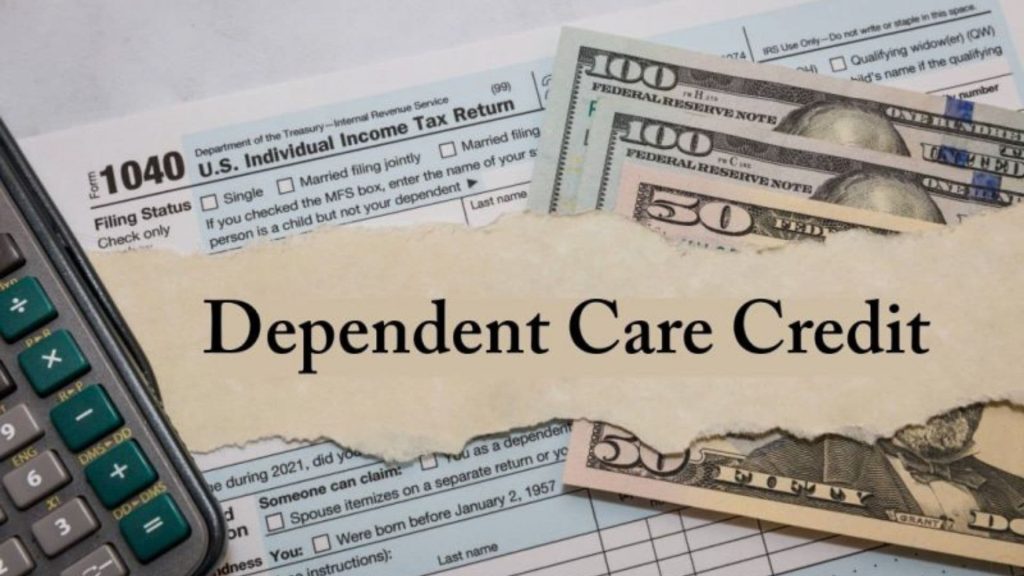
The Child and Dependent Care Credit is a valuable tax break for working taxpayers who pay for care services to enable them to work or look for work. It applies to expenses for caring for qualifying individuals, such as a dependent child under 13 or a disabled spouse or dependent who cannot care for themselves. Understanding how the IRS verifies these claims can help ensure you receive the credit without complications.
The IRS Verification Process For Child Dependent Care
When you claim the child dependent care credit, the IRS performs several checks to validate your claim:
Provider Identification And Documentation
The IRS requires you to list the care provider’s name, address, and Taxpayer Identification Number (TIN), such as a Social Security Number (SSN) or Employer Identification Number (EIN). You should keep documentation like invoices, letters, or pay stubs showing these details. The IRS may request a copy of:
- The provider’s Social Security card
- A completed Form W-4 if the provider is your household employee
- A recent invoice or statement that shows their name, address, and TIN
If your provider refuses to provide this information, you should attach a statement explaining your efforts to obtain it.
Qualifying Expenses And Earned Income Tests
The IRS verifies that the expenses you claim are actually work-related—meaning they enable you to work or look for work—and that you (and your spouse, if filing jointly) have earned income during the year. Eligible expenses are subject to limits—the maximum is generally $3,000 for one qualifying individual or $6,000 for two or more. This validation ensures only legitimate expenses qualify.
Proof Of Care And Payments
While the IRS doesn’t require you to submit bills or receipts with your return, it may request them if you are audited. Maintaining detailed records such as cancelled checks, bank statements, or signed receipts from the care provider is advised.
Due Diligence And Reporting
If the care provider’s identification information is incorrect or incomplete, the IRS may disallow your credit. However, you can safeguard your claim by demonstrating due diligence—showing you made a genuine effort to obtain and report the correct information. This includes keeping records of provider requests and communication.

What Qualifies As Child Dependent Care?
To qualify, care must be for a qualifying person who is:
- A child under 13 years old or
- A spouse or other dependent physically or mentally incapable of self-care
Payments made to certain individuals don’t qualify—for example, your spouse, a parent of your child, or your child under 19 years old who is your dependent. Understanding these rules prevents IRS rejections.
Tips To Avoid IRS Issues With Your Child Dependent Care Claims
- Always collect and retain provider details including name, address, and TIN
- Keep documentation proving payments such as receipts or bank records
- Confirm that care expenses are work-related as defined by the IRS
- Submit accurate and complete forms, especially IRS Form 2441
- Be prepared to show your earned income and files if audited
Frequently Asked Questions
Q: What information does the IRS need to verify child dependent care?
A: The IRS needs the care provider’s name, address, and TIN, plus proof that expenses are work-related.
Q: Do I need to submit receipts with my tax return?
A: No, but you should keep them as proof in case the IRS requests them during an audit.
Q: Can I claim dependent care paid to my spouse?
A: No, payments to your spouse or your child under 19 are not eligible for the credit.
Q: How much can I claim for dependent care expenses?
A: Up to $3,000 for one qualifying individual or $6,000 for two or more qualifying individuals.